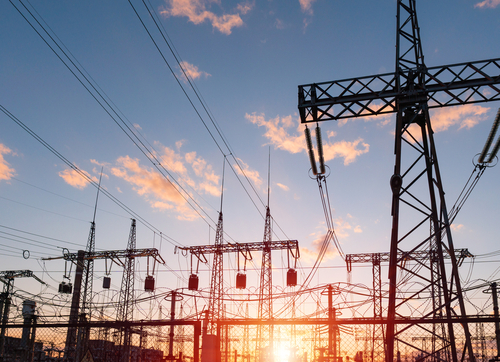PG&E achieved 96 percent greenhouse gas-free electricity production in 2022

Thanks to a mix of nuclear, eligible-renewable resources, and hydroelectric offerings, Pacific Gas and Electric Company (PG&E) of California announced this week that its customers received 96 percent of their electricity greenhouse gas-free in 2022.
Some of this can be credited to California’s strong clean energy policies, renewable goals, and moves to limit, adapt, and reverse climate change impacts. However, PG&E has also pushed to exceed the state’s renewable and carbon-free requirements. The state requires 60 percent renewables by 2030 and 100 percent renewables – and zero-carbon resources – by 2045. PG&E last year announced an action plan to meet carbon neutrality goals by 2040 and remove more greenhouse gasses than it emits by 2050.
“PG&E is proud of our clean energy leadership, and we know there is more to do,” Patti Poppe, CEO of PG&E Corporation, said. “We see a path to decarbonizing our economy at the lowest societal cost and are actively supporting California’s progress along this path. We’re committed to accelerating the continued growth of renewable energy, unleashing the full potential of electric vehicles and battery storage, and reducing emissions across the energy economy.”
About 40 percent of PG&E’s total electricity mix comes from renewable resources such as biopower, small hydroelectric, solar, and wind power. Another 49 percent last year came from nuclear power generated by Diablo Canyon Power Plant, while the remaining 7 percent stemmed from large hydroelectric power. This includes more than 260 Renewables Portfolio Standard-eligible power purchase contracts – amounting to more than 6,000 MW – and PG&E’s ownership of 430 MW of eligible-renewable generation and 153 MW from 13 solar generation facilities.
The mix puts PG&E already among the cleanest electricity portfolios in the world, and going forward, the company intends to deploy thousands of battery energy storage projects through 2025 and beyond.
